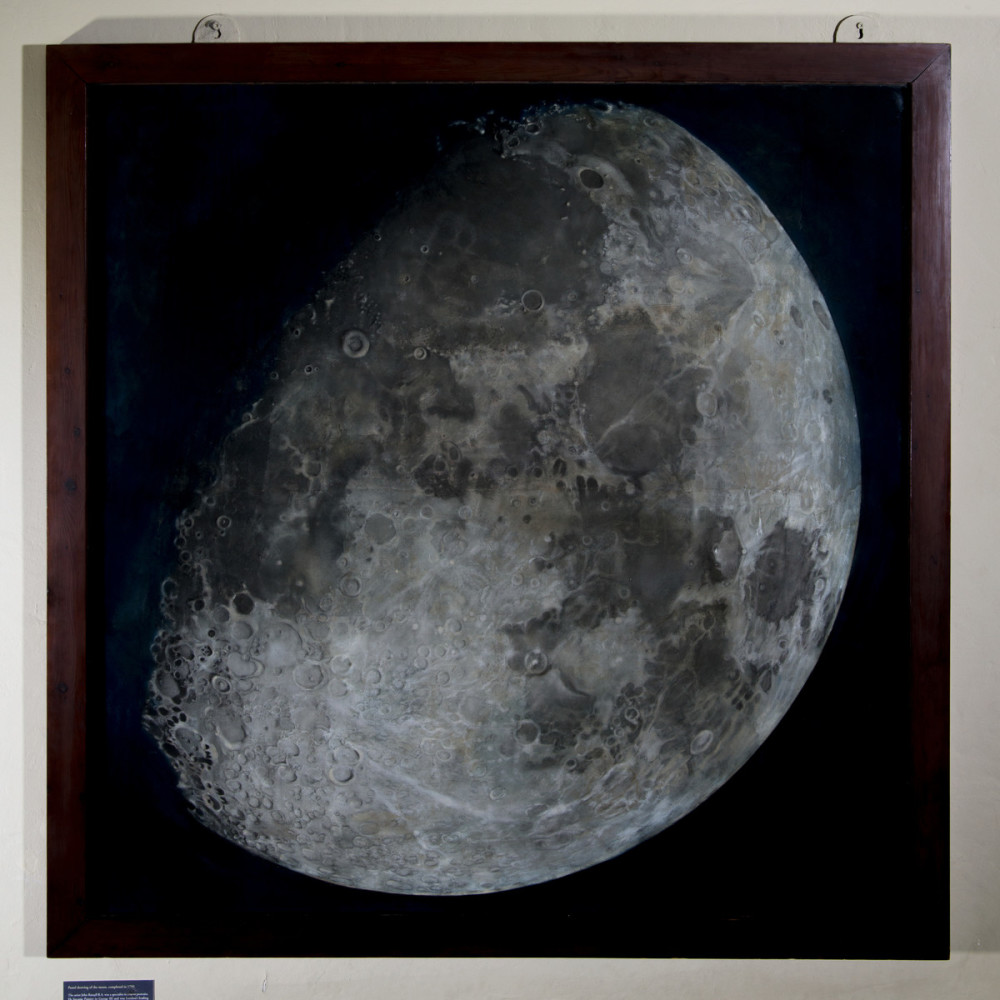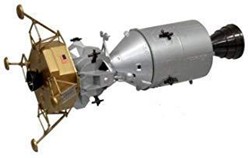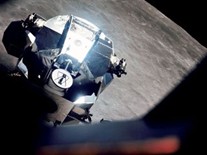Drawing the Moon
Art and science have always been intertwined. In this guest post the artist Jo Lane discusses her most recent artwork inspired by John Russell’s Moon drawing that hangs in the Museum.

As a regular visitor to the History of Science Museum I have been inspired by the abundance of objects to view and research. I am most fascinated by the incredible Moon pastel drawing by John Russell that hangs in the stairwell. At each visit to the Museum I stand and stare at it, in awe of its beauty, its condition, its age, the enormity of the paper and the colours of the handmade pastels. I like to think about the optical technology that was available in the 1700s, such as the Dollond Telescope, that enabled Russell to copy what he saw into this epic drawing.
My piece, ‘emergency on earth’, is a drawn reproduction and interpretation of this beautiful five foot pastel. You can still faintly see the grid lines I used to copy the Moon in the photographs. My contemporary drawing is a different medium to Russell’s. Instead of pastel it is graphite on black paper, which produces a sheen when light is directed onto it. A little aluminium powder, phthalo blue pigment and chalk hint at some of the colourings in Russell’s original.
When Russell was creating his pastel the industrial revolution was just commencing. Now, a mere 224 years later and after the acceleration of industry and technology, human output of pollutants and greenhouse gas has grown dramatically. I have used an emergency warning beacon in front the drawing to bring attention to this – as if Earth’s emergency is now reflected on the Moon.
When creating my artwork I became aware of how respectfully we must treat our planet and everything on it, and the work being done towards this. ‘emergency on earth…’ is an ode to those scientists and artists past, present and future.
By Jo Lane
**
Jo previously had her artwork shown the Lumen Crypt Gallery in London, as part of Out of Darkness group exhibition.

